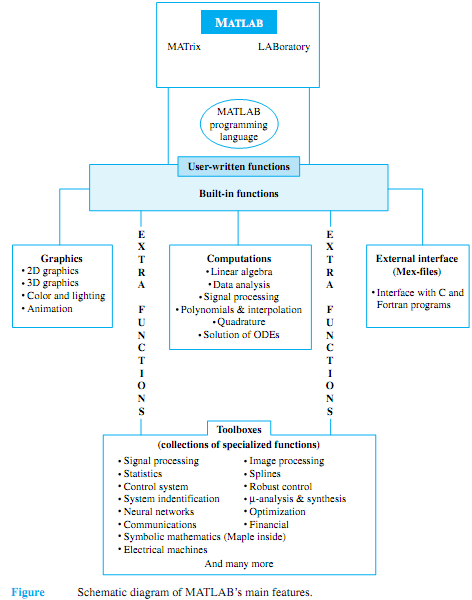Q. Computer-aided circuit analysis using MATLAB ?
This text does not teach MATLAB; it assumes that the student is familiar with it through previous work. Also, the book does not depend on a student having MATLAB. MATLAB, however, provides an enhancement to the learning experience if it is available. If it is not, the problems involving MATLAB can simply be skipped, and the remainder of the text still makes sense.If one wants to get a quick introduction, the book entitled Getting Started with MATLAB 5 by R. Pratap, listed under Selected Bibliography for Supplemental Reading for Computer-Aided Circuit Analysis, may be a good source.

MATLAB (MATrix LABoratory), a product of The MathWorks, Inc., is a software package for high-performance numerical computation and visualization. It is simple, powerful, and for most purposes quite fast with its easy-to-learn and easy-to-use language. It provides an interactive environment with hundreds of built-in functions for technical computation, graphics, and animation. MATLAB also provides easy extensibility with its own high-level programming language.
Figure illustrates MATLAB's main features. The built-in functions with their state-of- the-art algorithms provide excellent tools for linear algebra computations, data analysis, signal processing, optimization, numerical solution of ordinary differential equations (ODE), numerical integration (Quadrature), and many other types of scientific and engineering computations. Numerous functions are also available for 2D and 3D graphics as well as for animation. Users can also write their own functions, which then behave just like the built-in functions. MATLAB even provides an external interface to run Fortran and C programs. Optional "toolboxes," which are collections of specialized functions for particular applications, are also available. For example, the author of this text has developed "Electrical Machines Toolbox" for the analysis and design of electrical machines.